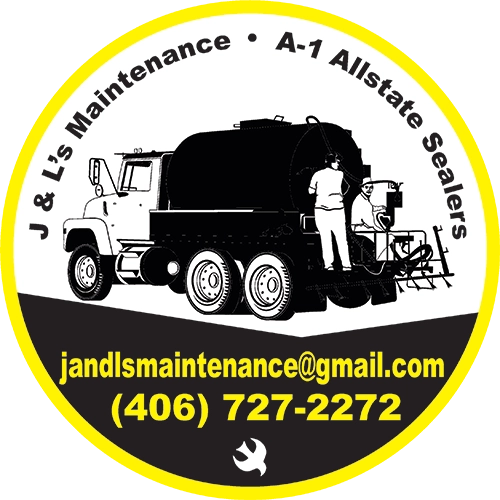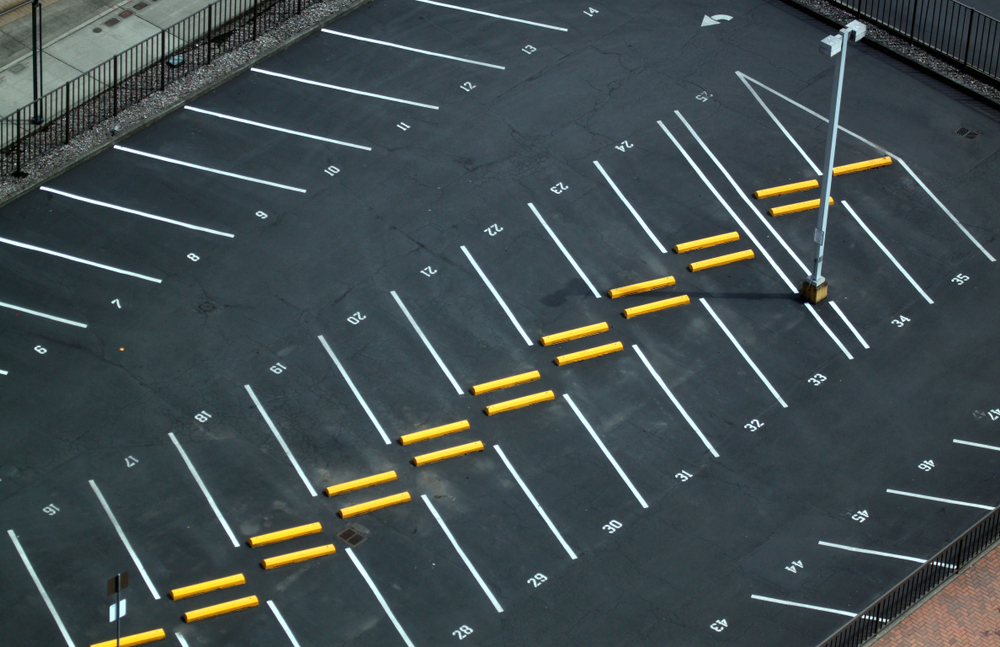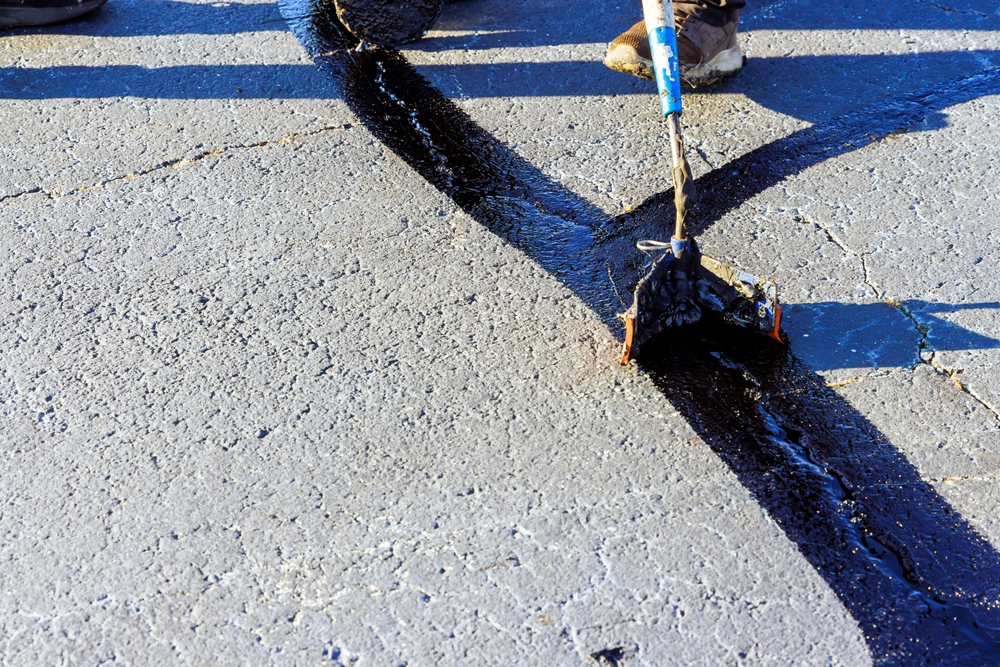Why Montana Businesses Choose Professional Striping Over DIY Solutions
Montana, a state known for its expansive landscapes and thriving local economies, is also home to a wide array of commercial establishments that depend on well-maintained infrastructure to attract and retain customers. Among the critical components of this infrastructure is the parking lot. Whether it’s a bustling retail center in Billings, a medical facility in Missoula, or an office complex in Bozeman, clear and professionally executed parking lot striping in Montana is essential. While the appeal of saving money might tempt some business owners to consider do-it-yourself striping, a closer look reveals that professional striping offers advantages that far outweigh the costs.
The Critical Role of First Impressions in Commercial Success
The parking lot is often the first physical interaction a customer has with a business. Before stepping foot through the front door, patrons experience the layout, accessibility, and cleanliness of the parking area. Faded, crooked, or poorly spaced lines can lead to confusion, inefficiencies, and even accidents. More importantly, they send a negative message about how the business is managed.
Professional striping companies understand these subtleties and work diligently to deliver results that uphold the business’s image. They don’t just paint lines—they craft a visual narrative of order, safety, and professionalism. Trained striping technicians use precise measurements and tools to ensure uniformity and symmetry. They also factor in traffic flow, pedestrian pathways, and ADA compliant striping guidelines, which are often neglected in DIY jobs. For a business, investing in commercial pavement marking is investing in its brand.
Montana’s harsh weather patterns add another layer of complexity. The state’s frigid winters and hot summers can accelerate the deterioration of asphalt and paint. Professional stripers use weather-resistant paints and advanced techniques that ensure longer-lasting results, reducing the need for frequent re-striping and helping businesses maintain a polished look year-round.
Compliance, Liability, and Legal Considerations
One of the most compelling reasons why Montana businesses choose professional striping over DIY is compliance with legal and safety standards. ADA compliant striping is not merely a recommendation—it’s a legal requirement for most commercial and public properties. The Americans with Disabilities Act mandates accessible parking with specific dimensions, signage, and location criteria. Violations can result in heavy fines, lawsuits, and reputational damage.
Professional striping companies are well-versed in these regulations. They stay updated with changes in local, state, and federal laws that pertain to commercial pavement marking. A DIY approach, on the other hand, often overlooks these critical details, exposing businesses to potential liability. Incorrect markings, missing access aisles, or insufficient signage could be grounds for legal action if someone is injured or discriminated against due to non-compliance.
Moreover, insurance companies tend to look favorably on businesses that prioritize safety and regulatory adherence. Professionally striped lots with clear directionals, fire lane designations, and pedestrian crosswalks can reduce incidents of property damage or personal injury. In the long run, this proactive approach can help lower insurance premiums and protect the business’s bottom line.
Efficiency, Equipment, and Expertise
Striping may seem straightforward—just a matter of painting lines—but it is a nuanced task that demands specialized equipment, skilled labor, and strategic planning. Professional striping companies use industrial-grade machinery that ensures precision, consistency, and speed. These machines apply paint evenly, maintain exact spacing, and allow for quick drying times, minimizing downtime for the business.
DIY solutions, by contrast, often rely on inexpensive rollers, stencils, or spray cans available at home improvement stores. The results are usually uneven and short-lived. Moreover, improper application can cause paint to peel or fade prematurely, necessitating rework and further investment. What initially appears to be a cost-saving measure can quickly become a costly and time-consuming cycle.
Experienced contractors also bring a deep understanding of layout design. They know how to optimize space to increase parking capacity, facilitate better traffic flow, and enhance safety. This expertise is particularly valuable in urban areas of Montana where space is at a premium. They also know how to work around existing structures, drainage patterns, and landscaping to create a cohesive and functional parking environment.
Another key advantage is time savings. Most businesses cannot afford to shut down for extended periods. Professional stripers often work after hours or during off-peak times to complete projects quickly and efficiently, ensuring minimal disruption to normal operations. Attempting to do the work in-house often results in delays, missteps, and lost revenue.
Long-Term Value and Return on Investment
While hiring a professional striping service may carry a higher upfront cost than a DIY approach, the long-term value is significantly greater. Commercial pavement marking done by professionals typically lasts much longer due to superior materials and application methods. This means fewer repaints, less disruption, and lower maintenance costs over time.
In addition, a well-marked parking lot contributes to customer satisfaction and retention. Clear directional signs, well-defined parking spots, and accessible pathways create a stress-free experience for patrons. When customers know they can park easily and safely, they are more likely to return—and to recommend the business to others.
For property managers and real estate developers, professionally maintained lots can increase property value and attract higher-quality tenants. Commercial tenants look for locations that are not only visually appealing but also compliant and functional. A sharp, professional-looking lot can be a deciding factor in lease negotiations.
Finally, the aesthetic appeal of fresh striping enhances curb appeal and makes a property stand out. In a competitive marketplace like Montana, where businesses strive to differentiate themselves, every visual edge counts. Professional striping reinforces a sense of order and pride that reflects positively on the entire operation.
The Montana Factor: Climate, Community, and Commitment
Montana presents unique challenges and opportunities that make professional striping particularly valuable. The state’s climate—with its freezing winters and sun-drenched summers—demands durable solutions. Striping contractors in Montana are familiar with the local conditions and use materials that can withstand the state’s temperature fluctuations and precipitation.
Furthermore, Montana’s close-knit communities place a premium on trust and reputation. Businesses that invest in quality and safety are more likely to earn the respect and loyalty of local customers. Using a local professional for parking lot striping in Montana sends a strong message that the business cares about community standards and is committed to excellence.
Montana businesses also benefit from supporting other local enterprises. Many professional striping companies are locally owned and operated, meaning the money spent stays in the community. These contractors understand the unique needs of Montana’s towns and cities, whether it’s the tourist-heavy traffic in Whitefish or the student population in Helena.
Beyond community loyalty, working with professionals ensures scalability and consistency. As a business grows or expands to multiple locations across the state, professional stripers can maintain consistent branding, layout, and quality standards. This helps build a cohesive identity and supports long-term strategic goals.
Conclusion
While DIY striping may seem like a viable option at first glance, the benefits of hiring professionals are manifold—especially in a state like Montana. From ensuring ADA compliant striping to creating a polished, functional, and safe environment, professional services offer a level of quality, efficiency, and compliance that DIY methods simply cannot match. Montana businesses understand that when it comes to infrastructure, cutting corners is never the path to success. Investing in professional parking lot striping is not just a maintenance task—it’s a strategic decision that reinforces the business’s commitment to excellence.
Need Asphalt Maintenance & Repair Services Near You?
Here at J&L’s Maintenance, we’re a family-owned business with over 30 years of experience proudly serving the State of Montana. Whether you need parking lot maintenance, snow plowing, or asphalt repair, we’ve got you covered with reliable and professional services. We offer free estimates and stand by the quality of our work, ensuring your project is in the best hands. Don’t hesitate—reach out to us today! We look forward to assisting you with all your asphalt needs.


